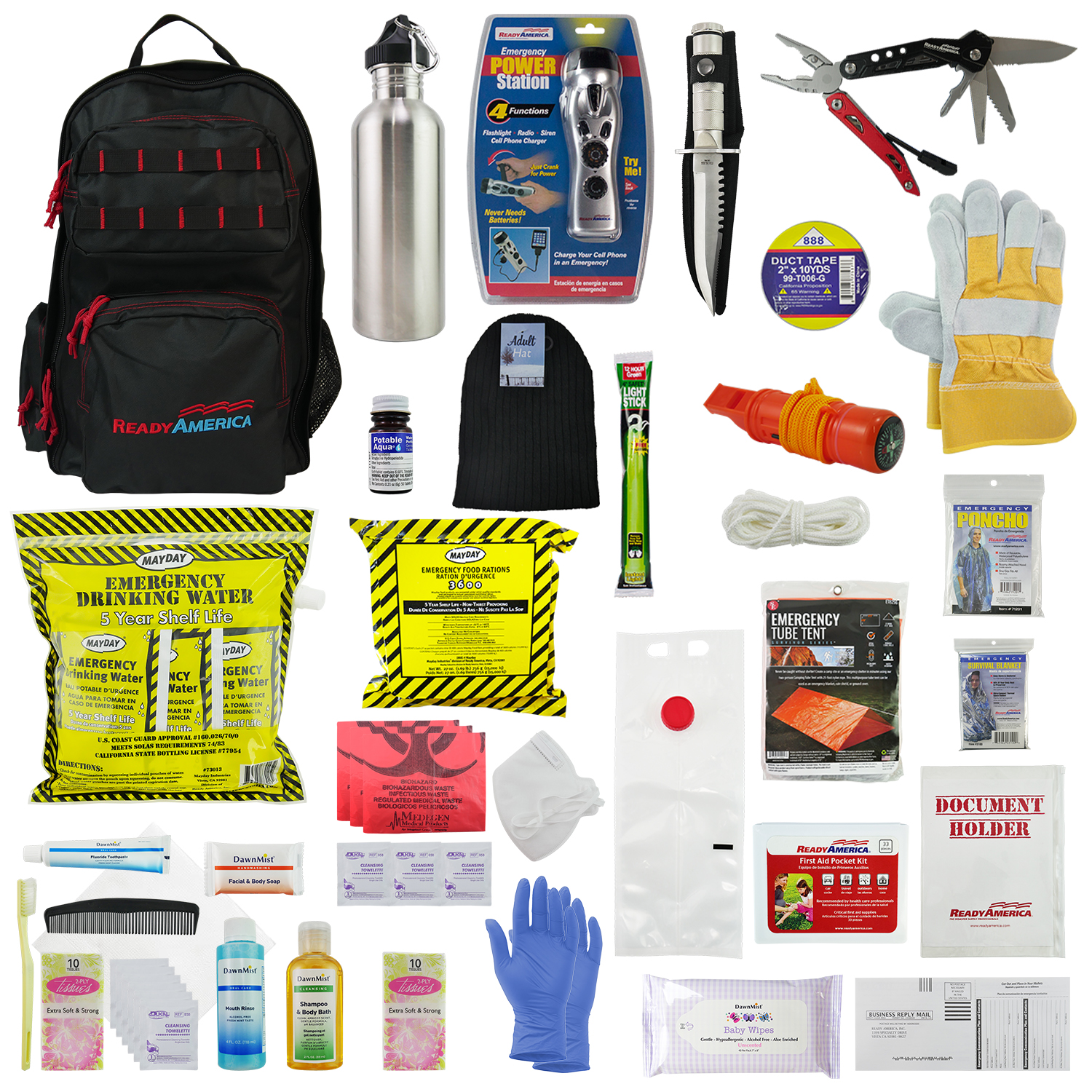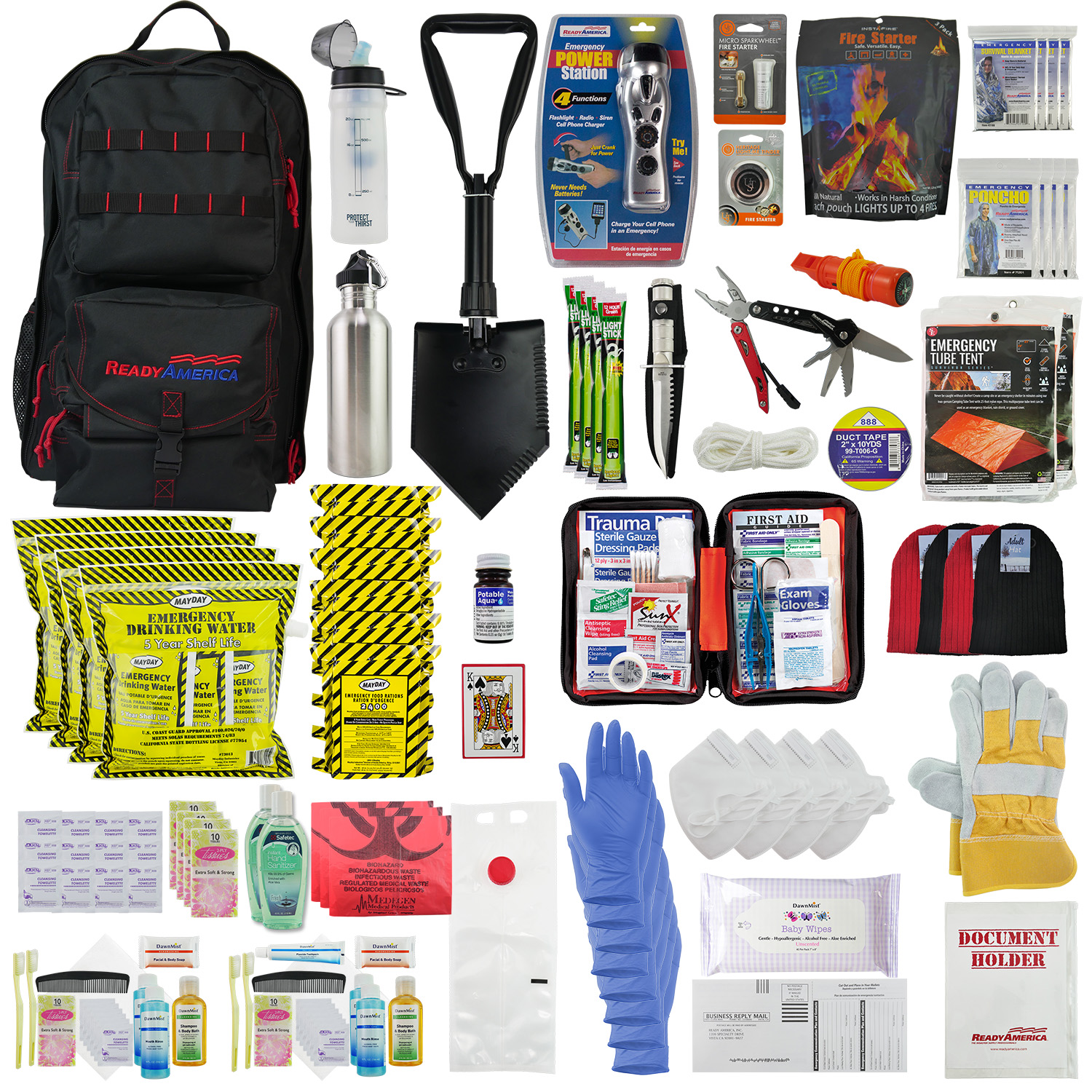Equip Yourself with Emergency Preparedness: Be Ready, Be Durable
Equip Yourself with Emergency Preparedness: Be Ready, Be Durable
Blog Article
Crucial Emergency Situation Readiness Tips for Survival
In today's unforeseeable world, being prepared for emergency situations is not simply a recommendation yet an essential necessity. Guaranteeing your safety and that of your enjoyed ones during unanticipated situations needs mindful planning and insight. From assembling a well-appointed emergency situation set to establishing clear communication channels and evacuation courses, there are several crucial steps that can make a considerable difference in the face of difficulty. By proactively resolving these key aspects of emergency situation preparedness, you can significantly improve your chances of survival in tough circumstances.
Building an Emergency Situation Package

Begin by consisting of non-perishable food products like canned products, granola bars, and dried fruits that have a lengthy shelf life and do not need cooking. Keep in mind to load a guidebook can opener. In addition, shop a minimum of one gallon of water each daily for a minimum of three days in sturdy containers.
Keep duplicates of vital files like identification papers, insurance coverage policies, and emergency contact info in a water-proof container. By constructing a well-balanced emergency situation set, you can better prepare yourself for unexpected occasions and boost your opportunities of staying safe throughout a crisis.
Creating a Communication Strategy
Putting together an emergency set with essential products establishes a solid structure for preparedness; now, transforming to the advancement of a communication strategy is important for making sure effective sychronisation and information circulation during times of crisis. A well-balanced communication strategy is essential for maintaining individuals informed, connected, and risk-free in emergency circumstances. Use numerous interaction techniques such as text messages, phone telephone calls, social media, and emergency situation alert systems to guarantee details gets to everyone without delay.

Developing Emptying Courses
To make sure reliable emergency response and precaution, establishing clear emptying courses is paramount in readiness preparation. Discharge routes should be predetermined and connected to all people in a given area to make sure a swift and arranged evacuation in times of situation. When developing evacuation routes, it is vital to think about several choices to make up various scenarios, such as fires, floods, or various other emergencies that may block main getaway paths.
The selected discharge courses must bring about marked secure locations where people can look for sanctuary and wait for additional directions or help (official source). These additional reading courses ought to be quickly available and well-marked, thinking about the needs of all individuals, including those with impairments or movement constraints. Normal drills and method runs along these emptying routes can help familiarize people with the getaway paths and make certain a more reliable emptying procedure throughout real emergencies
Along with physical discharge paths, it is critical to have alternative communication approaches in area to relay evacuation instructions and updates efficiently. By developing and regularly assessing discharge routes, communities can enhance their overall emergency readiness and feedback capabilities.
Learning Basic First Aid
One basic facet of emergency preparedness is getting understanding in fundamental emergency treatment treatments. In times of crisis or disaster, having the ability to give instant medical assistance can make a substantial difference in conserving lives. Understanding fundamental emergency treatment outfits individuals with the skills to react and examine to common injuries and clinical emergency situations properly.
Standard very first aid training commonly covers necessary techniques such as mouth-to-mouth resuscitation, injury treatment, bandaging, splinting, and recognizing indicators of shock or breathing distress. visit their website. Recognizing just how to carry out these standard treatments properly can support a person's condition until specialist clinical assistance shows up
Furthermore, having a basic emergency treatment kit readily offered is crucial in emergency situation circumstances. The set should consist of necessary materials like bandages, disinfectant wipes, gauze pads, sticky tape, handwear covers, scissors, and tweezers. Knowing just how to use these things correctly can avoid infections, stop hemorrhaging, and offer convenience to those in requirement.
Securing Vital Files

Verdict
In final thought, being prepared for emergency situations is crucial for survival. Constructing an emergency situation package, developing a communication plan, establishing discharge paths, learning standard emergency treatment, and protecting important papers are important actions to take. By being proactive and taking these procedures, people can enhance their opportunities of staying secure and being able to navigate via unexpected situations properly. It is essential to focus on emergency preparedness to make sure preparedness for any prospective crises that might emerge. EMERGENCY PREPAREDNESS.
From setting up a well-appointed emergency situation kit to establishing clear communication networks and evacuation routes, there are a number of important actions that can make a considerable distinction in the face of misfortune.To make certain efficient emergency action and security procedures, establishing clear emptying paths is critical in preparedness planning. When establishing evacuation routes, it is essential to consider numerous alternatives to account for various situations, such as fires, floodings, or other emergency situations that might block primary retreat courses.
Routine drills and method runs along these evacuation paths can assist familiarize individuals with the retreat paths and guarantee a more reliable emptying procedure throughout real emergencies.
Building an emergency situation set, establishing a communication plan, developing emptying routes, finding out fundamental first aid, and securing vital files are important steps to take.
Report this page